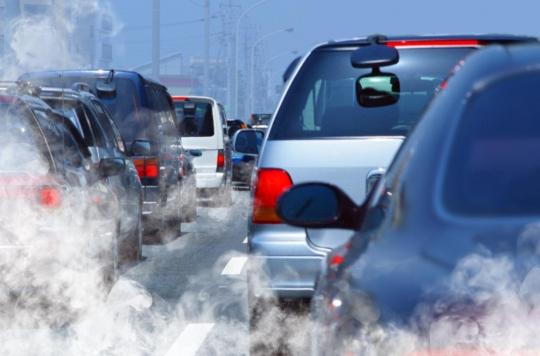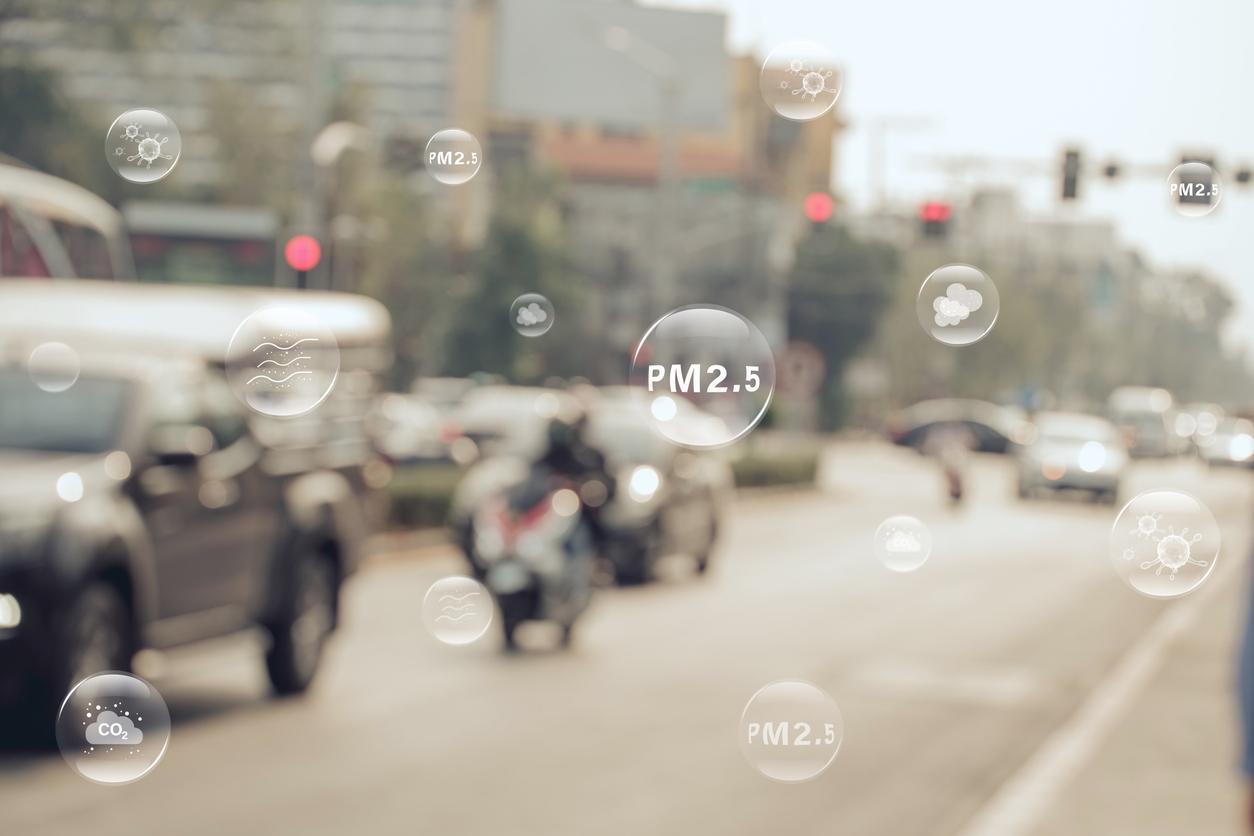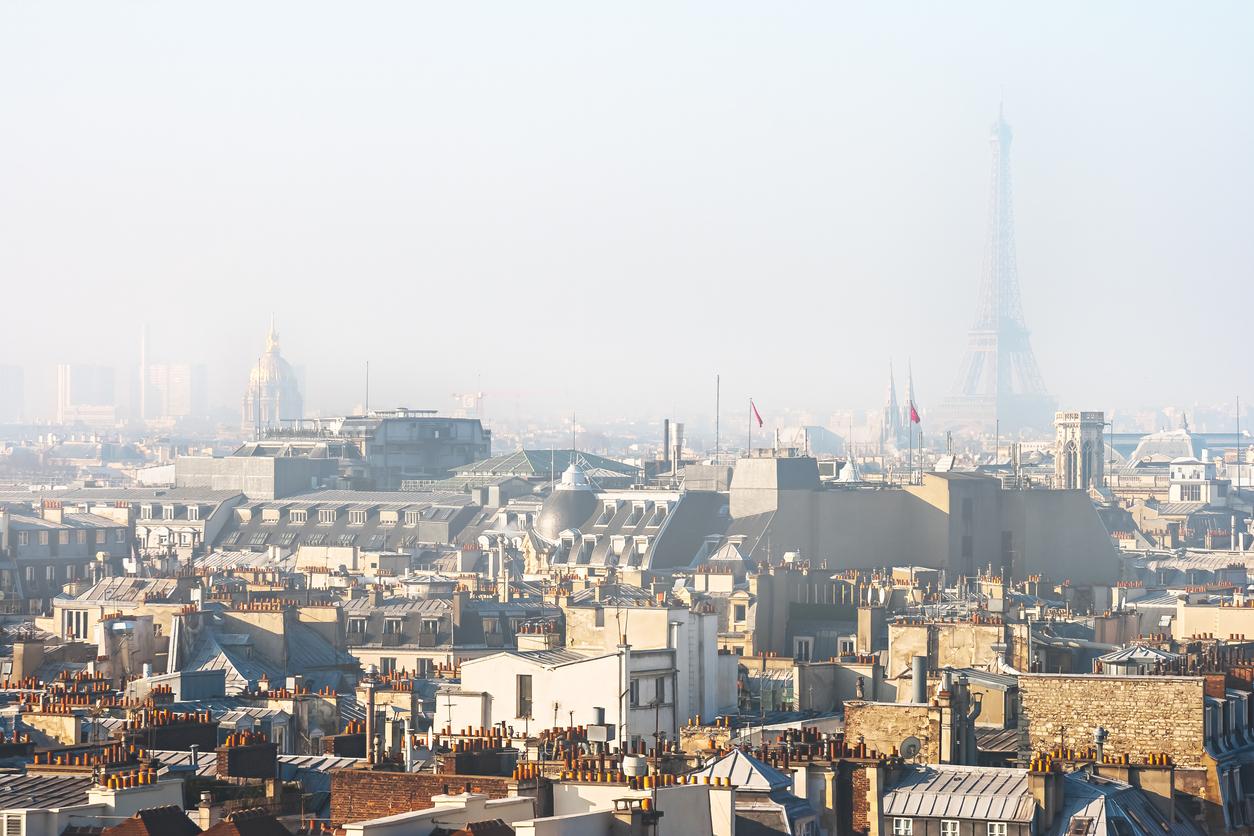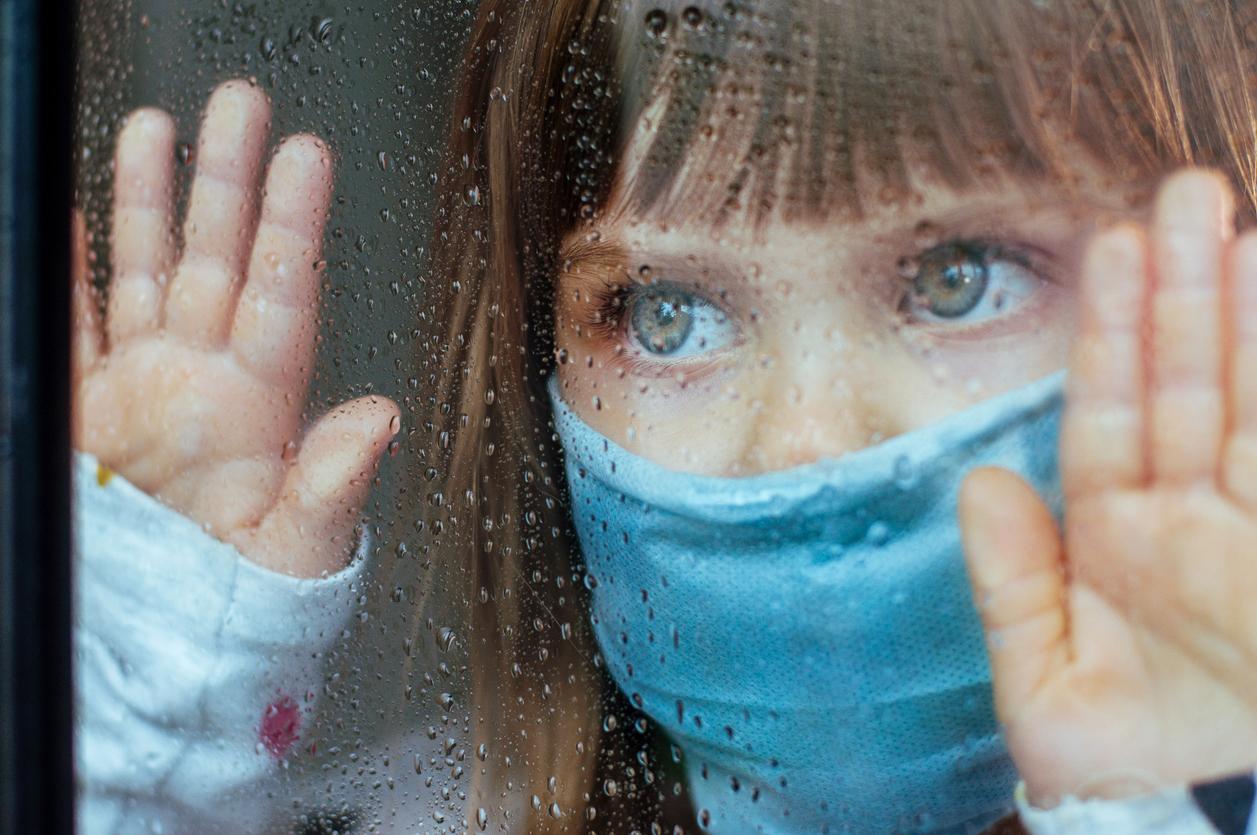Carbon monoxide, an odorless and invisible gas, is very dangerous for health… Government air quality standards are not strict enough to prevent its deleterious and deadly effects. This is underlined by a study which is published when Santé Publique France reveals that 40,000 deaths per year are linked to fine particles, even if the effect of confinement would have saved 3,500 lives due to the temporary reduction in pollution. automobile.

- Even minimal exposure to carbon monoxide can have serious effects on
- Even minimal exposure to carbon monoxide can have serious health effects
- The standards accepted for this pollutant would dare to be too high to avoid these harmful consequences.
- By reducing car traffic, the spring 2020 confinement would have “saved” 3,500 lives
1 microgram of carbon monoxide (CO) per cubic meter of air would increase the risk of death in humans by 0.91%, according to a study published in the journal The Lancet Planetary Health. This link would also be valid when the concentrations were only 0.6 micrograms of CO – and even less – per cubic meter. These results therefore indicate that even minimal exposure to carbon monoxide could have very harmful consequences on public health. According to the authors, the ambient CO concentrations allowed by government standards should therefore be lowered by reducing, in particular, road traffic. In addition, the researchers believe that currently there is no scientific evidence for the validity of a threshold value below which CO could be considered safe for humans. To reach these conclusions, the scientists analyzed no less than 40 million deaths that took place between 1979 and 2016 in 337 cities in 18 countries.
Carbon monoxide is a deadly gas
Carbon monoxide is an odorless, colorless and poisonous gas. Some devices can produce it when they are faulty. These include, for example, boilers, stoves or fireplaces. On the other hand, even in good condition, car or motorcycle engines, barbecues or even generators inevitably generate a release of CO into the air – minimal and controlled – when they are in operation. Thus, it is strongly advised to use them outdoors to avoid breathing too long. According to the website of the Ministry of Labour, Employment and Integration, the dangerousness of CO would depend on the dose inhaled. So 5000 parts per million (ppm) for 20 minutes would be lethal. 2000 ppm for 3 hours would cause the person to fall into a coma. 1000 ppm for two hours would lead to a brief loss of consciousness. Finally, 400 to 500 ppm for one hour or 100 ppm for several would cause no clinical signs. Note that 1 ppm is equivalent to 1.146 micrograms of carbon monoxide per cubic meter of air.
Government standards would be too high
Ambient air quality environmental standards for CO vary by country. In the United States, the daily average is set at 7 micrograms per cubic meter. This threshold was set in 1971 and has never been reassessed since. Other countries in Europe also apply it, while China, for its part, has decided that the quality of the ambient air in its territory must respect a standard of 4 micrograms of CO per cubic meter. The authors of the study consider all of these standards too high and argue for the revision of global and national air quality guidelines with regard to carbon monoxide. They also stress that the public authorities should also decide on mixtures of atmospheric pollutants linked to road traffic. “These results have important implications for public health, assures Kai Chen, one of the authors. Millions and millions of people live in environments with high levels of CO and where those levels still meet current standards that are considered safe.” Legal but very harmful rates…
This study is published as Public Health France has just revealed that 40,000 deaths – that is nearly 9% of mortality – would be linked each year in France to fine particles due in part to car traffic, including 7,000 for which the responsible would be nitrogen dioxide. The only positive point of these worrying statistics, the spring 2020 confinement would have saved 2,300 lives by reducing fine particle emissions and 1,200 thanks to lower carbon dioxide emissions.
.

















